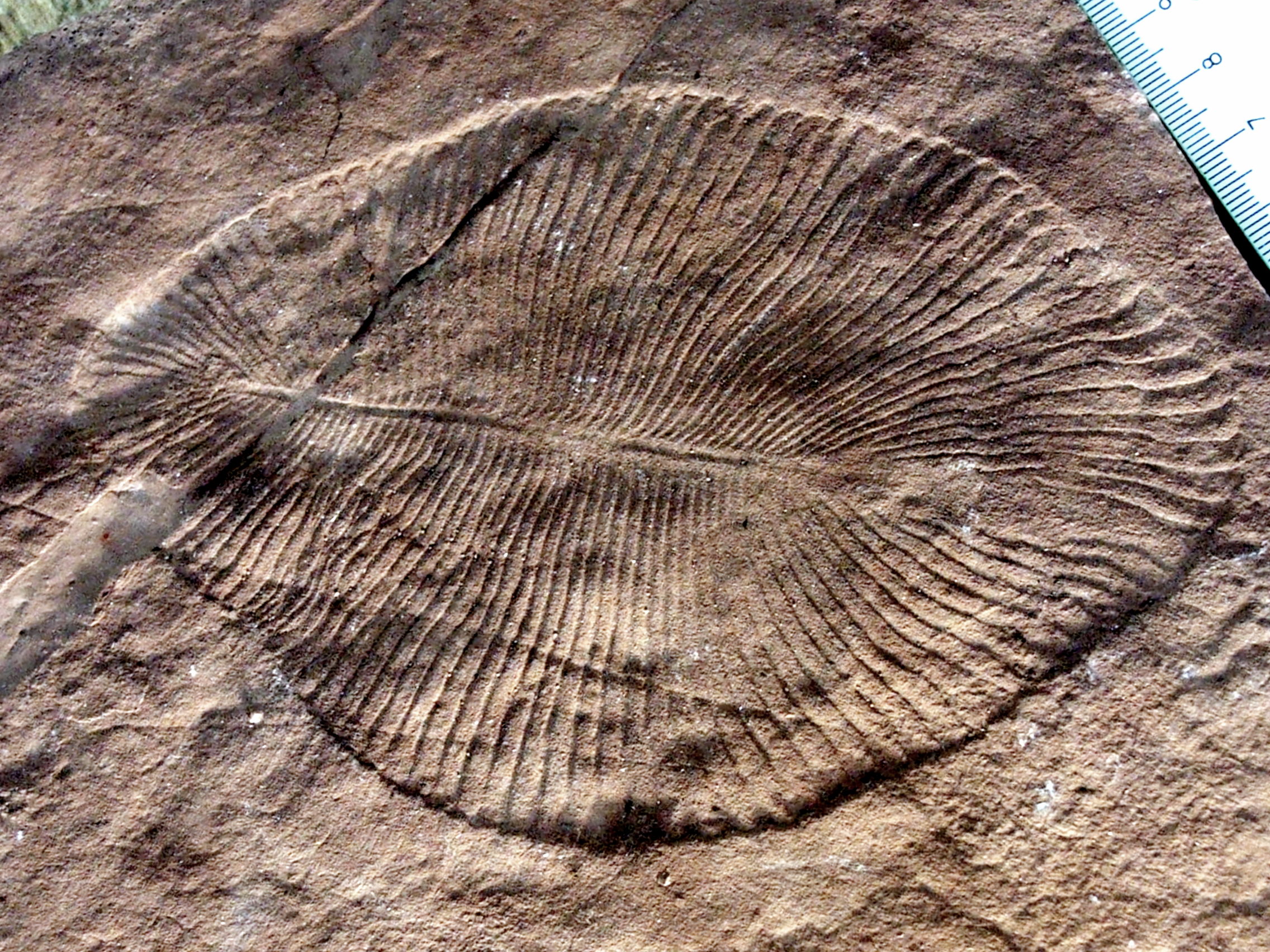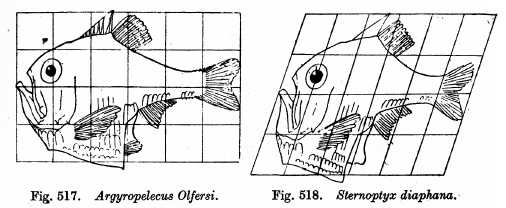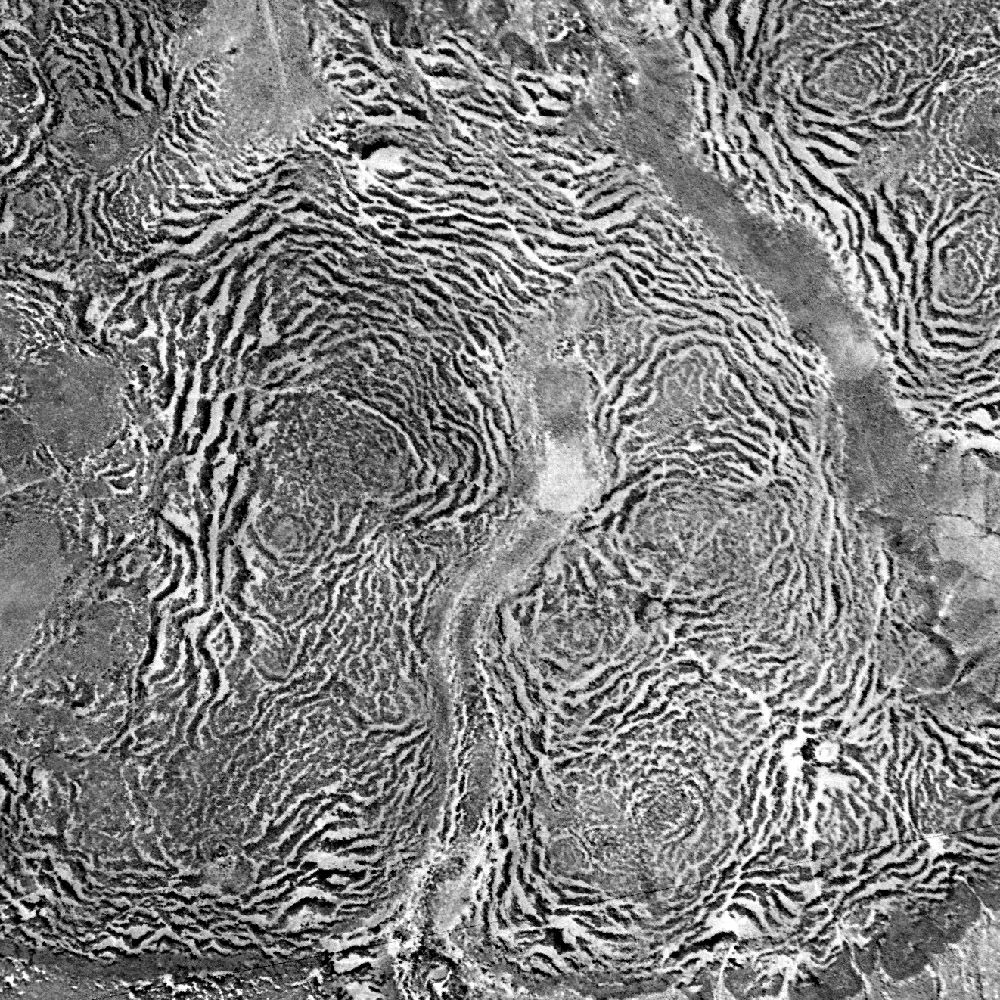|
Adolf Seilacher
Adolf "Dolf" Seilacher (February 24, 1925 – April 26, 2014) was a German palaeontologist who worked in evolutionary and ecological palaeobiology for over 60 years. He is best known for his contributions to the study of trace fossils; constructional morphology and structuralism; biostratinomy, '' Lagerstätten'' and the Ediacaran biota. Career Seilacher worked for his doctorate under Otto Heinrich Schindewolf, at the University of Tübingen. He was also influenced by local palaeontologist Otto Linck. He served in World War II and resumed his studies at Tübingen, corresponding with the French ichnologist, Jacques Lessertisseur. Gaining his doctorate in 1951 on trace fossils, Seilacher moved to the University of Frankfurt (1957) and then the University of Baghdad before taking up a chair in palaeontology in Göttingen. He returned to Tübingen in 1964 as the successor to Schindewolf. After 1987 he held an Adjunct Professorship at Yale University. Significant work Seilacher's ... [...More Info...] [...Related Items...] OR: [Wikipedia] [Google] [Baidu] |
Otto Heinrich Schindewolf
Otto Heinrich Schindewolf (7 June 1896 – 10 June 1971) was a German paleontologist who studied the evolution of corals and cephalopods. Biography Schindewolf was on the faculty at the University of Marburg from 1919 until 1927. Then he became director of the Geological Survey of Berlin. In 1948 he became a professor at the University of Tübingen, where he retired as professor emeritus in 1964. He was a saltationist who opposed the theory of gradual evolution, and in the 1930s suggested that major evolutionary transformations must have occurred in large leaps between species. This idea became known as the Hopeful Monster theory and was further taken and developed up by the geneticist Richard Goldschmidt in the 1940s. Schindewolf was also the first to suggest, in 1950, that mass extinctions might have been caused by extraterrestrial impacts or nearby supernova. From 1948 until his retirement in 1964, Schindewolf was professor of Geology and Paleontology at the University ... [...More Info...] [...Related Items...] OR: [Wikipedia] [Google] [Baidu] |
Biological Constraints
Biological constraints are factors which make populations resistant to evolutionary change. One proposed definition of constraint is "A property of a trait that, although possibly adaptive in the environment in which it originally evolved, acts to place limits on the production of new phenotypic variants." Constraint has played an important role in the development of such ideas as homology and body plans. Types of constraint Any aspect of an organism that has not changed over a certain period of time could be considered to provide evidence for "constraint" of some sort. To make the concept more useful, it is therefore necessary to divide it into smaller units. First, one can consider the pattern of constraint as evidenced by phylogenetic analysis and the use of phylogenetic comparative methods; this is often termed phylogenetic inertia, or phylogenetic constraint. It refers to the tendency of related taxa sharing traits based on phylogeny. Charles Darwin spoke of this concept in ... [...More Info...] [...Related Items...] OR: [Wikipedia] [Google] [Baidu] |
Xenophyophores
Xenophyophorea is a clade of foraminiferans. Members of this class are multinucleate unicellular organisms found on the ocean floor throughout the world's oceans, at depths of . They are a kind of foraminiferan that extract minerals from their surroundings and use them to form an exoskeleton known as a test. They were first described by Henry Bowman Brady in 1883. They are abundant on abyssal plains, and in some regions are the dominant species. Fifteen genera and 75 species have been described, varying widely in size. The largest, ''Syringammina fragilissima'', is among the largest known coenocytes, reaching up to in diameter. Naming and classification The name Xenophyophora means "bearer of foreign bodies", from the Greek. This refers to the sediments, called xenophyae, which are cemented together to construct their tests. In 1883, Henry Bowman Brady classified them as primitive Foraminifera. Later they were placed within the sponges. In the beginning of the 20th centur ... [...More Info...] [...Related Items...] OR: [Wikipedia] [Google] [Baidu] |
Ediacaran
The Ediacaran Period ( ) is a geological period that spans 96 million years from the end of the Cryogenian Period 635 million years ago (Mya), to the beginning of the Cambrian Period 538.8 Mya. It marks the end of the Proterozoic Eon, and the beginning of the Phanerozoic Eon. It is named after the Ediacara Hills of South Australia. The Ediacaran Period's status as an official geological period was ratified in 2004 by the International Union of Geological Sciences (IUGS), making it the first new geological period declared in 120 years. Although the period takes its name from the Ediacara Hills where geologist Reg Sprigg first discovered fossils of the eponymous Ediacaran biota in 1946, the type section is located in the bed of the Enorama Creek within Brachina Gorge in the Flinders Ranges of South Australia, at . The Ediacaran marks the first appearance of widespread multicellular fauna following the end of Snowball Earth glaciation events, the so-called Ediacaran biota, ... [...More Info...] [...Related Items...] OR: [Wikipedia] [Google] [Baidu] |
Taphonomy
Taphonomy is the study of how organisms decay and become fossilized or preserved in the paleontological record. The term ''taphonomy'' (from Greek , 'burial' and , 'law') was introduced to paleontology in 1940 by Soviet scientist Ivan Efremov to describe the study of the transition of remains, parts, or products of organisms from the biosphere to the lithosphere. The term taphomorph is used to describe fossil structures that represent poorly-preserved, deteriorated remains of a mixture of taxonomic groups, rather than of a single one. Description Taphonomic phenomena are grouped into two phases: biostratinomy, events that occur between death of the organism and the burial; and diagenesis, events that occur after the burial. Since Efremov's definition, taphonomy has expanded to include the fossilization of organic and inorganic materials through both cultural and environmental influences. This is a multidisciplinary concept and is used in slightly different contexts throughout ... [...More Info...] [...Related Items...] OR: [Wikipedia] [Google] [Baidu] |
Fossils
A fossil (from Classical Latin , ) is any preserved remains, impression, or trace of any once-living thing from a past geological age. Examples include bones, shells, exoskeletons, stone imprints of animals or microbes, objects preserved in amber, hair, petrified wood and DNA remnants. The totality of fossils is known as the ''fossil record''. Paleontology is the study of fossils: their age, method of formation, and evolutionary significance. Specimens are usually considered to be fossils if they are over 10,000 years old. The oldest fossils are around 3.48 billion years old to 4.1 billion years old. Early edition, published online before print. The observation in the 19th century that certain fossils were associated with certain rock strata led to the recognition of a geological timescale and the relative ages of different fossils. The development of radiometric dating techniques in the early 20th century allowed scientists to quantitatively measure the absolute ... [...More Info...] [...Related Items...] OR: [Wikipedia] [Google] [Baidu] |
Sedimentation
Sedimentation is the deposition of sediments. It takes place when particles in suspension settle out of the fluid in which they are entrained and come to rest against a barrier. This is due to their motion through the fluid in response to the forces acting on them: these forces can be due to gravity, centrifugal acceleration, or electromagnetism. Settling is the falling of suspended particles through the liquid, whereas sedimentation is the final result of the settling process. In geology, sedimentation is the deposition of sediments which results in the formation of sedimentary rock. The term is broadly applied to the entire range of processes that result in the formation of sedimentary rock, from initial erosion through sediment transport and settling to the lithification of the sediments. However, the strict geological definition of sedimentation is the mechanical deposition of sediment particles from an initial suspension in air or water. Sedimentation may pertain to ob ... [...More Info...] [...Related Items...] OR: [Wikipedia] [Google] [Baidu] |
Structuralism (biology)
Biological or process structuralism is a school of biological thought that objects to an exclusively Darwinian or adaptationist explanation of natural selection such as is described in the 20th century's modern synthesis. It proposes instead that evolution is guided differently, basically by more or less physical forces which shape the development of an animal's body, and sometimes implies that these forces supersede selection altogether. Structuralists have proposed different mechanisms that might have guided the formation of body plans. Before Darwin, Étienne Geoffroy Saint-Hilaire argued that animals shared homologous parts, and that if one was enlarged, the others would be reduced in compensation. After Darwin, D'Arcy Thompson hinted at vitalism and offered geometric explanations in his classic 1917 book ''On Growth and Form''. Adolf Seilacher suggested mechanical inflation for "pneu" structures in Ediacaran biota fossils such as ''Dickinsonia''. Günter P. Wagner argue ... [...More Info...] [...Related Items...] OR: [Wikipedia] [Google] [Baidu] |
Pneu Structure
Biological or process structuralism is a school of biological thought that objects to an exclusively Darwinian or adaptationist explanation of natural selection such as is described in the 20th century's modern synthesis. It proposes instead that evolution is guided differently, basically by more or less physical forces which shape the development of an animal's body, and sometimes implies that these forces supersede selection altogether. Structuralists have proposed different mechanisms that might have guided the formation of body plans. Before Darwin, Étienne Geoffroy Saint-Hilaire argued that animals shared homologous parts, and that if one was enlarged, the others would be reduced in compensation. After Darwin, D'Arcy Thompson hinted at vitalism and offered geometric explanations in his classic 1917 book ''On Growth and Form''. Adolf Seilacher suggested mechanical inflation for "pneu" structures in Ediacaran biota fossils such as ''Dickinsonia''. Günter P. Wagner argue ... [...More Info...] [...Related Items...] OR: [Wikipedia] [Google] [Baidu] |
Self-organisation
Self-organization, also called spontaneous order in the social sciences, is a process where some form of overall order arises from local interactions between parts of an initially disordered system. The process can be spontaneous when sufficient energy is available, not needing control by any external agent. It is often triggered by seemingly random fluctuations, amplified by positive feedback. The resulting organization is wholly decentralized, distributed over all the components of the system. As such, the organization is typically robust and able to survive or self-repair substantial perturbation. Chaos theory discusses self-organization in terms of islands of predictability in a sea of chaotic unpredictability. Self-organization occurs in many physical, chemical, biological, robotic, and cognitive systems. Examples of self-organization include crystallization, thermal convection of fluids, chemical oscillation, animal swarming, neural circuits, and black marke ... [...More Info...] [...Related Items...] OR: [Wikipedia] [Google] [Baidu] |
Pattern Formation
The science of pattern formation deals with the visible, ( statistically) orderly outcomes of self-organization and the common principles behind similar patterns in nature. In developmental biology, pattern formation refers to the generation of complex organizations of cell fates in space and time. The role of genes in pattern formation is an aspect of morphogenesis, the creation of diverse anatomies from similar genes, now being explored in the science of evolutionary developmental biology or evo-devo. The mechanisms involved are well seen in the anterior-posterior patterning of embryos from the model organism ''Drosophila melanogaster'' (a fruit fly), one of the first organisms to have its morphogenesis studied, and in the eyespots of butterflies, whose development is a variant of the standard (fruit fly) mechanism. Patterns in nature Examples of pattern formation can be found in biology, physics, and science, and can readily be simulated with computer graphics, as descri ... [...More Info...] [...Related Items...] OR: [Wikipedia] [Google] [Baidu] |







_self-organization2.jpg)
